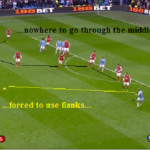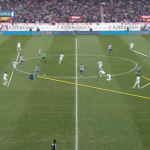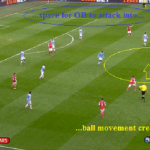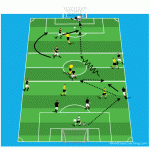Small Numbers Part 2

By Sean Reed - The next few sessions are some ideas for when you might have a small number of players. The focus is working in pairs, movement to receive the ball, angle of support, distances, body shape and combination play. Objective: Session 1 Working on angles of support and distances to link the play. Set
Continue reading




